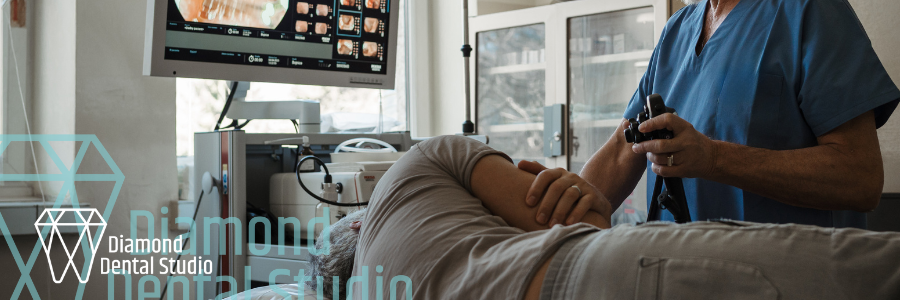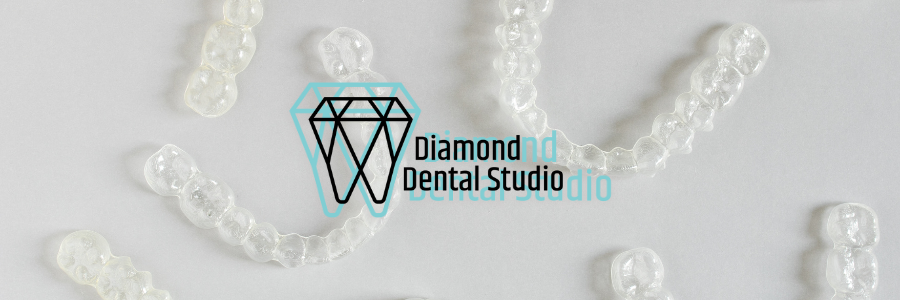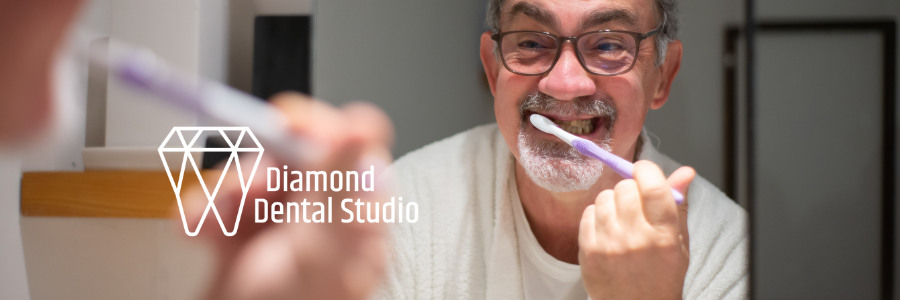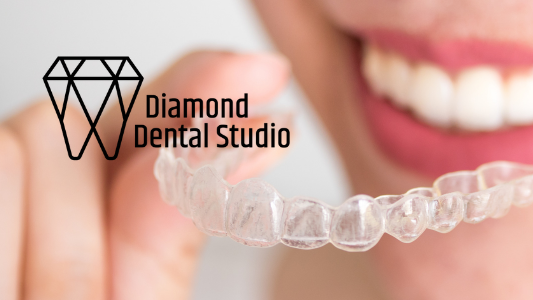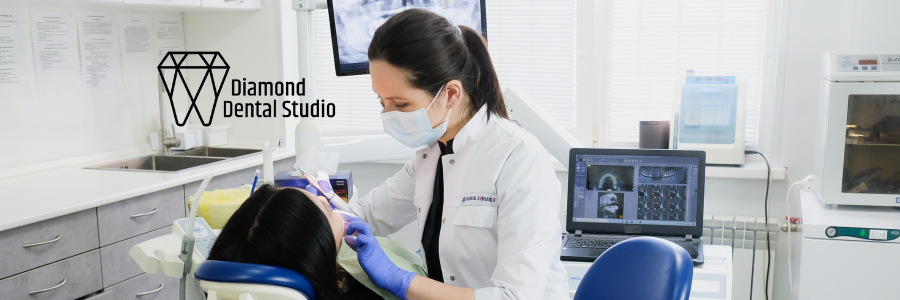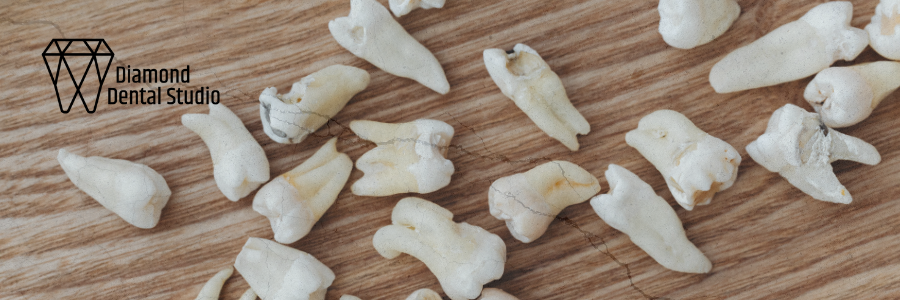Understanding Buccal and Buckle: Key Terminology Explained
Dental language can be confusing, especially when words sound alike. In everyday conversations at Diamond Dental Studio, patients often ask about terms they've heard in the dental chair, especially “buccal” and “buckle.” Let’s break down what these words mean and why the difference matters.
Origin of the Terms Buccal and Buckle
- Buccal comes from the Latin word “bucca,” meaning cheek, and refers to the surface of the teeth next to your cheeks.
- Buckle is actually an unrelated English word that usually refers to a clasp or fastener. Some people mistakenly use “buckle” instead of “buccal” when talking about dental surfaces.
- The confusion likely comes from how closely these words sound when spoken, but they mean very different things in the context of dentistry.
At Diamond Dental Studio, we hear this mix-up often, and we've learned that a little explanation can go a long way in clearing up uncertainty.
Common Confusions in Dental Jargon
Dental terms can sound technical or strange, especially if you don’t use them every day. Here are some of the most frequently mixed-up or misunderstood terms:
- Buccal vs. Buckle
- Lingual (the side facing your tongue)
- Occlusal (the biting surface)
- Distal and mesial (the sides towards or away from the front of your mouth)
Even small differences in words can change the meaning completely when talking about oral health.
Distinction Between Buccal and Buckle in Dentistry
Here’s a simple breakdown of how the two terms should be used:
- "Buccal" always describes the surface of a tooth that faces the inside of your cheek; it’s a specific part of your dental anatomy.
- "Buckle" is not a technical dental term at all and doesn’t refer to any tooth surface or structure. If you hear it in the dental office, it’s just a common slip of the tongue—what your dentist probably meant was "buccal."
- At Diamond Dental Studio, clear terminology ensures your dental records are accurate, and that you understand what’s happening in your mouth.
If you’re ever unsure about a term, just ask! Our team is dedicated to making dentistry clearer for everyone.
Dental Anatomy: Surfaces and Their Functions
Understanding your teeth starts with knowing the different surfaces. Each surface plays a specific part in chewing, cleaning, and, of course, your dental health. In patient exams at Diamond Dental Studio, these terms come up all the time. This is especially important for anyone considering tooth restoration in San Diego, since surface location directly guides treatment decisions.
Overview of Tooth Surfaces
Teeth aren’t just solid objects; they each have multiple surfaces, and each one has a job to do:
- Occlusal surface: The top or chewing portion of back teeth (molars and premolars).
- Incisal edge: The cutting edge of front teeth (incisors and canines).
- Buccal surface: The side facing your cheek, most obvious on your back teeth.
- Lingual surface: The side facing your tongue.
- Mesial surface: The side closer to the centerline of your face.
- Distal surface: The side farther from the centerline of your face.
Learning these terms isn’t just for dentists—it helps you follow along when your care is being explained at Diamond Dental Studio, making you an informed partner in your oral health.
Role of the Buccal Surface in Oral Health
The buccal surface, what faces your cheek, tends to build up plaque due to its contact with food, drinks, and limited self-cleaning by the tongue and saliva.
Key factors about the buccal surface:
- Can be tough to keep clean, especially around the gum line.
- Is a common location for fillings—so if you need a tooth restoration in San Diego, buccal fillings may come up.
- Many people miss this area while brushing, which can lead to early decay or gum inflammation.
Proper brushing and regular professional cleanings are the best way to prevent issues with the buccal surface.
Clinical Relevance of Each Tooth Surface
Each surface has its own strengths and problems:
- Occlusal (chewing) surfaces can develop pits and grooves where decay starts.
- Buccal surfaces often show early signs of decay or white spots, indicating mineral loss.
- Lingual surfaces are a plaque hotspot, especially behind lower front teeth.
- Mesial and distal surfaces are where teeth touch—plaque often hides here, requiring flossing to clean out.
Dentists at Diamond Dental Studio look at every surface when checking your teeth.
If you know what these surfaces are, you’ll understand treatments and home care advice much better, and you’ll be more prepared the next time someone mentions tooth restoration in San Diego.
The Buccal Surface: Importance in Dental Care
Where Is the Buccal Surface Located?
The buccal surface is simply the outer surface of your teeth that faces your cheeks. All of the teeth in both your upper and lower jaws have this cheek-facing side. When dental professionals at Diamond Dental Studio examine your teeth, you'll often hear them refer to the buccal surface during routine checkups, especially when checking for areas that may need cleaning, filling, or close monitoring.
- This surface is present on all teeth, but most easily seen on the back teeth like molars and premolars.
- It's directly exposed to the inside of your cheek.
- The buccal area is different from the lingual (tongue side) and occlusal (top biting surface).
Why the Buccal Surface Matters for Hygiene
Plaque and food debris are quick to settle on the buccal surfaces, particularly near the gum line. Even though these surfaces are among the smoothest, they're not always easy to keep spotless. Here’s why attention to the buccal surface is so important:
- Plaque tends to collect where the gums and buccal surfaces meet, leading to decay and gum issues if ignored.
- Smooth surfaces can still be missed by brushing, especially near the back molars or around orthodontic appliances.
- The movement of your cheeks helps a little with clearing away food, but it's not a substitute for daily brushing and flossing.
Focusing on the buccal surfaces during your cleaning routine can greatly lower your risk of tooth decay and gum problems, making your checkups at Diamond Dental Studio much less stressful.
Common Issues Affecting the Buccal Surface
Several problems can crop up on this cheek-side surface if it's not well maintained. Some of the most common concerns seen at Diamond Dental Studio include:
- Cavities: Early decay often starts here due to plaque build-up along the gum line.
- Gum recession: Brushing too hard along the buccal surface can wear down gums, leading to sensitivity.
- Staining: Because it's so visible, stains from coffee, tobacco, or colored drinks can quickly show on the buccal side.
Staying diligent with your oral care, especially around the buccal surfaces, can help you avoid these common pitfalls. If you notice discomfort or changes on the cheek-facing sides of your teeth, let your dentist at Diamond Dental Studio know right away for prompt advice or care.
What Is a Buckle in Dentistry: Clarifying the Misconception
Many patients hear dental professionals say “buccal” during exams but sometimes mix it up with the word “buckle.” Despite sounding similar, these words mean very different things in dentistry. Understanding the difference can help keep your dental visits and care simple and clear.
Misuse of the Word Buckle in Dentistry
It’s actually pretty common for patients — and sometimes even those new to the dental field — to use the term “buckle” instead of “buccal.” Here’s why it happens:
- Both words sound almost the same when spoken quickly.
- "Buckle" is a familiar word (think seatbelt), while "buccal" isn’t something people say outside the dentist’s office.
- Some think "buckle" also refers to teeth because it sounds medical or technical.
But in dental language, the word “buckle” doesn’t refer to any part of your teeth or mouth. If you see “buckle” on a dental chart or hear it in the office, it’s very likely being used incorrectly.
How Buckle Differs from Buccal
Here’s a short list to draw a very clear line between the two terms:
- “Buccal” specifically means the surface of a tooth that faces the cheek.
- “Buckle” is not a recognized term in dental anatomy or dental procedures.
- Using “buckle” instead of “buccal” can lead to confusion during treatment discussions, charting, or planning care.
When you visit Diamond Dental Studio, remember that dental professionals use precise words for every tooth and
surface—accuracy helps keep your records (and your care!) in line with the highest standards.
Patient Education to Prevent Confusion
Dental visits are already full of new vocabulary. The dental team at Diamond Dental Studio wants patients to feel comfortable asking about terms they don’t understand. If you hear “buccal” or think someone said “buckle,” here are a few steps you can take:
- Don’t hesitate to ask your dentist or hygienist what a word means—even if it sounds familiar.
- If you see unfamiliar words on dental charts or notes, ask for clarification before leaving the office.
- Remember, understanding the words used in your care helps ensure you know exactly what’s being discussed.
Clear communication makes dental visits smoother. When in doubt, ask — Diamond Dental Studio is there to explain every step and every term.
Buccal Fillings: Indications and Materials Used
When Is a Buccal Filling Needed?
If you've ever had a dentist tell you that you need a buccal filling, it means there's an area of decay or damage on the cheek-facing side of a tooth. This tends to happen on molars and premolars, especially near the gum line. Some signs you might need a buccal filling are:
- Sensitivity or pain when eating cold or sweet foods
- Noticeable discoloration or a small cavity along the gum line
- Roughness or a pit you can feel with your tongue
The team at Diamond Dental Studio regularly checks for these signs during dental exams. Early detection is the best way to manage problems on the buccal surface before they get serious.
Even with good brushing, plaque and bacteria can easily settle on the buccal surface, especially if there are pits or the gum line starts to recede.
Types of Materials for Buccal Fillings
Different materials are used for buccal fillings. The choice often depends on how visible the filling will be and the location of the tooth. Here are some common options:
- Composite Resin: Blends in with your natural teeth, making it a popular choice for fillings that show when you smile or speak.
- Dental Amalgam: A durable, silver-colored material often used in back teeth where appearance isn’t as important. It's long-lasting but stands out more.
- Glass Ionomer: Bonds well to tooth structure, releases fluoride, and is gentle on the gum tissue — sometimes used near the gum line or in non-biting surfaces.
- Porcelain or Ceramic: Tooth-colored and resistant to staining, but usually reserved for larger fillings or when esthetics are a top concern.
Longevity and Care of Buccal Fillings
The life of a buccal filling depends on both the material used and your oral care habits. Here are some ways to keep your fillings — and the rest of your teeth — in good shape:
- Brush and floss diligently to minimize plaque and prevent further decay.
- Visit Diamond Dental Studio for regular checkups to catch issues early.
- Avoid biting hard objects (like ice or pens) that can chip or pull out a filling.
Composite and glass ionomer fillings typically last 5-7 years, while amalgam can go for 10-15 and gold even longer. It’s always smart to keep an eye on any filled tooth and mention changes to your dentist. Good maintenance and professional cleanings will help make them last as long as possible.
Diagnosing and Treating Buccal Surface Conditions
Recognizing problems on the buccal surface means being alert to subtle changes. Patients often first notice increased sensitivity when eating hot, cold, or sweet foods. Sometimes, a cavity or lesion appears as a small white or brown spot on the side of the tooth facing the cheek. Dentists at Diamond Dental Studio start by asking about these symptoms and carefully examining the buccal surfaces during a checkup. Common signs include:
- Spots, pits, or discoloration along the cheek-side of teeth
- Noticeable sensitivity or mild discomfort
- Food getting stuck in the same area repeatedly
X-rays are often taken to see if decay is beneath the enamel or in between teeth because these problems are not always visible to the naked eye.
Early detection is key; even a minor spot or change can develop into a bigger problem if ignored. If you notice new sensitivity, let your dental team know at your next visit.
Treatment Options for Buccal Decay
Once decay or damage is found on the buccal surface, treatment depends on the size and depth of the issue. Diamond Dental Studio recommends:
- Fluoride applications for very early, minor mineral loss (white spots)
- Tooth-colored fillings for most small to moderate buccal cavities
- Crowns (caps) if the cavity is large and weakens the tooth
- Root canal treatment if decay has reached the tooth's inner pulp
- Tooth extraction (rare, but sometimes needed if the tooth can't be saved)
After a filling or other treatment, it's important to follow the dentist's advice on care and avoid habits that can wear away the restored surface.
Preventative Strategies for Buccal Health
Keeping the buccal surface healthy is simple but requires regular attention:
- Brush carefully near the gum line and along the cheek-side of your teeth
- Floss daily to remove food and plaque between teeth
- Use toothpaste with fluoride, which helps protect against decay
- Limit sugary snacks and acidic drinks
- Visit your dental office, like Diamond Dental Studio, for professional cleanings and regular checks
The best dentist in San Diego will always stress that prevention keeps small issues from becoming big problems.
Reaching and cleaning the buccal surfaces really makes a difference, even in areas you think are easy to brush. Slight neglect can create the need for unexpected dental work, but a bit of daily effort at home keeps your smile on track.
Effective Patient Communication: Explaining Dental Surfaces
When people visit Diamond Dental Studio, they're often surprised how much dental language comes up during appointments. You might hear words like "buccal," "lingual," or "occlusal" as your dentist talks about your teeth. It can start to feel a little overwhelming, like someone switched to another language. Making sure patients really get what these words mean helps build trust and makes every visit go smoother.
Techniques for Explaining Dental Terms
Many folks nod along during a dental visit, but deep down they may not entirely follow. There are some tried and tested ways to help patients actually understand what's happening:
- Use real-world comparisons: Sometimes, likening a tooth's surfaces to the sides of a cube or a house (roof, front, back, inside, outside) brings it home.
- Keep language casual: "The buccal surface is the one facing your cheek," is clearer than using only technical speak.
- Repeat explanations gently: Even if you said it last time, a quick refresher helps—it’s hard to remember these terms between cleanings!
Visual Aids and Demonstrations
Visual learning just sticks better for most people. Diamond Dental Studio often uses the following to help patients understand dental surfaces:
- Dental models: Handheld tooth or mouth models that patients can see and touch.
- Diagrams and charts: Big posters or digital screens showing tooth anatomy.
- In-mouth mirrors: Letting patients look in the mirror while the dentist points out each area.
When people see a diagram or hold a model, things finally click—the difference between buccal and other surfaces isn't so mysterious anymore.
Empowering Patients Through Knowledge
It’s not just about tossing out less jargon—it's about making patients feel sure of themselves when it comes to care decisions. Here’s how we do that at Diamond Dental Studio:
- Encourage questions: Remind patients there’s no such thing as a silly dental question.
- Share maintenance tips: Explaining how to brush or floss certain surfaces lets patients take control over their oral health.
- Reinforce understanding at every visit: Even a quick quiz or asking the patient to point out a tooth surface can make a big impact.
Patients who understand the basics of dental anatomy make better choices and feel more confident during every procedure. By keeping explanations clear, fun, and interactive, Diamond Dental Studio helps take the uncertainty out of dental care—one surface at a time.
Conclusion
So, to wrap things up, the words "buccal" and "buckle" get mixed up a lot in the dental world, but they mean very different things. "Buccal" is all about the surface of your tooth that faces your cheek. It's a term your dentist uses when checking or treating that specific area. "Buckle," on the other hand, isn't really a dental term at all—it's just a common mix-up because the words sound so close. If you ever hear your dentist mention a buccal filling or surface, now you know exactly what they're talking about. And if you’re ever unsure about what’s being said during your appointment, don’t hesitate to ask. Understanding these terms can make your dental visits a little less confusing and help you take better care of your teeth.
Information provided in this blog post is for general educational and informational purposes only and is not a substitute for professional medical advice, diagnosis, or treatment. IV sedation is a medical procedure, and its safety, risks, and suitability must be discussed and assessed individually by a qualified healthcare professional. Always seek the advice of Dr. Faith-Roselle Barreyro or another qualified provider with any questions you may have regarding a medical condition or treatment plan.







